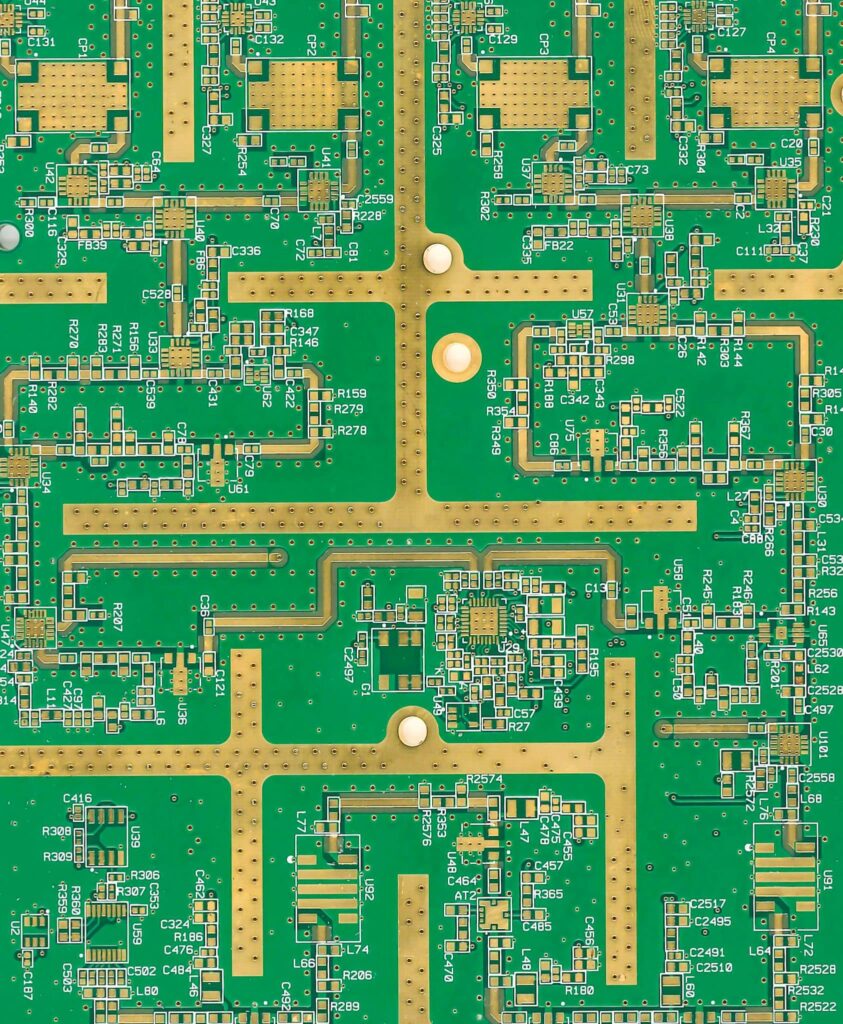Choosing the correct PCB surface finish for your application requires taking factors into account like cost, the final application requirement like solder joint strength, high-heat, thermal, vibration, stability, RF, component density, single or multiple solder processes, shelf life, shock, drop resistance, production volume, and throughput.
Selecting the right surface finish is therefore extremely important to extend durability of the PCB. This guide will help you understand some of the pros and cons of the most used surface finishes while giving you some insights into new appearing trends and popular selections.
The most common reason, for why a PCB, requires a surface finish, is because copper loses its solderability, when exposed to air. Once copper is exposed to air, an oxidation will start and almost instantly decrease the solderability. Extending the solderability time is therefore achieved by adding a protective layer to the surface copper of the PCB.
Some of the protective layers are widely known as surface finishes like LF HASL, OSP, ENIG, Immersion Silver and Immersion Tin. In this article you will find a full comparison chart across all surface finishes and discover some of the new trending surface finishes like ENEPIG, ENIPIG and EPAG that are outcompeting the old ones by miles.
Other surface finishes EPAG, EPIC and ISIG is even more interesting in their performance, but are yet not as accessible in the PCB factories and may currently NOT be ideal if other criteria’s such as quality, technology and low cost also serve as a priority for factory selection. Some of Azitech factories also delivers these surface finishes, but it may not support all technologies.
